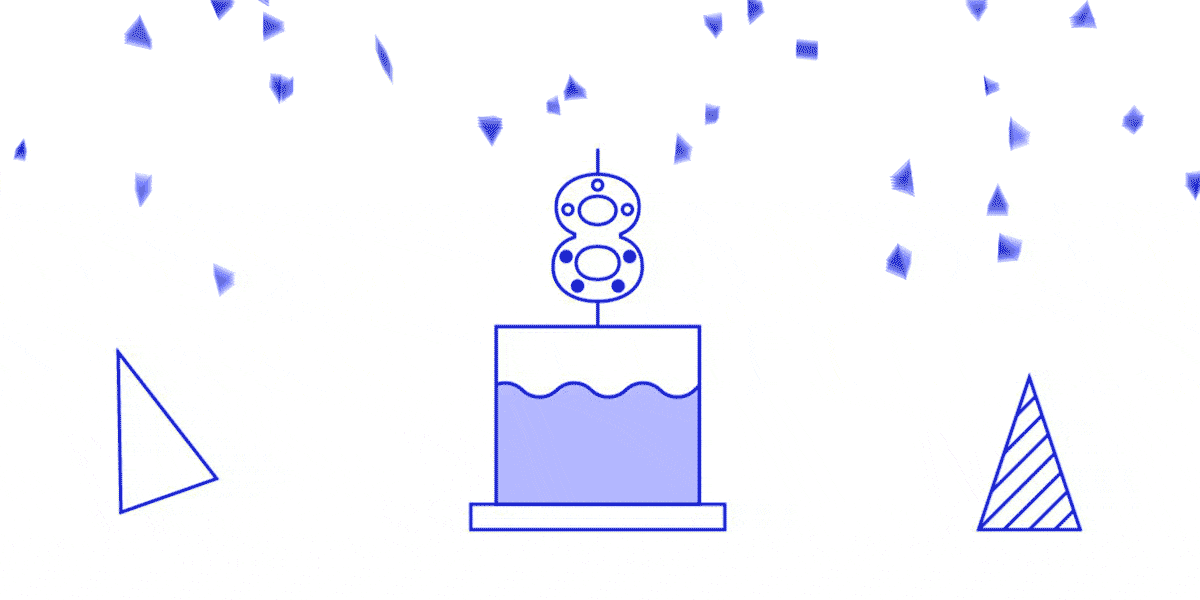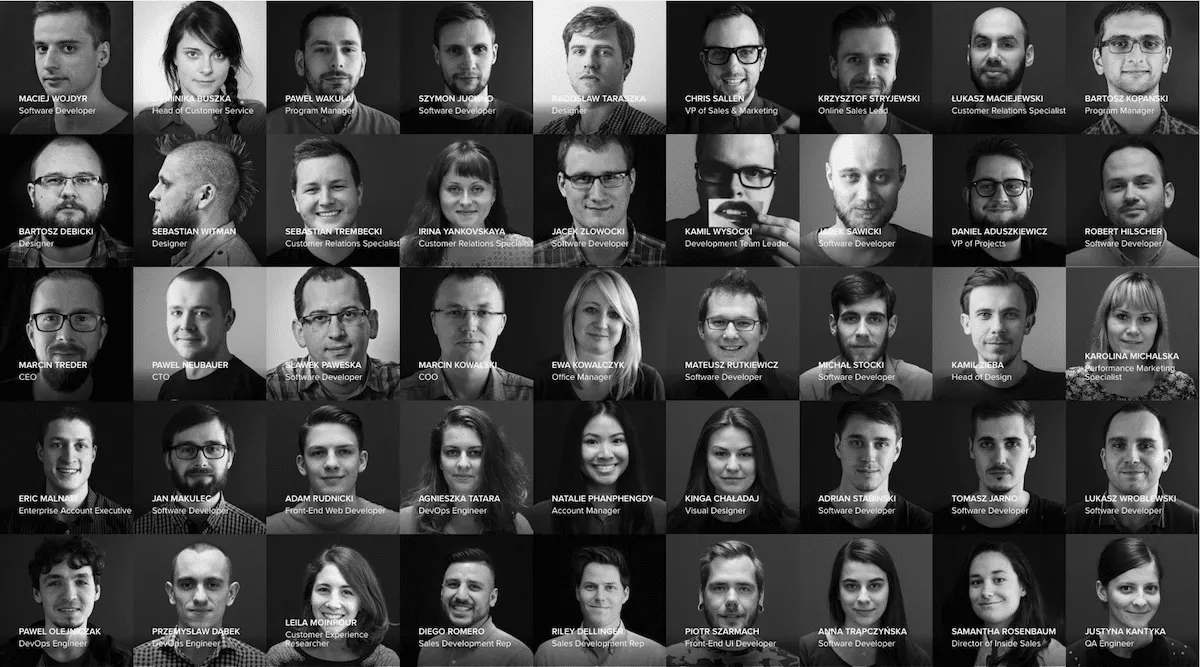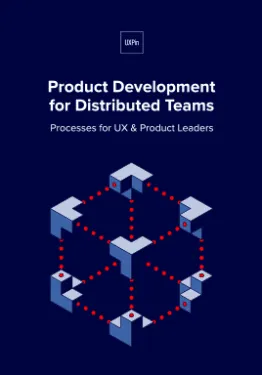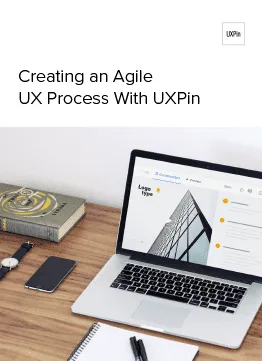
On November 11th, UXPin turned eight!
Time flies! In 2010 I was 24, working as a UX Manager at a thriving Polish eCommerce company and, after several unsuccessful attempts to start a tech business (the youthful energy!), I took a break from any serious side projects. However, I still wanted to channel my energy towards something productive; 9 to 5 was never really an option for me. Instead of pursuing dreams of a tech breakthrough, I decided to team up with two friends and enjoy exploring the problem that bothered us for years — design — engineering collaboration. Without any business goals in mind, we started to think about helping designers and engineers work better together. The problem was very close to our hearts, we just didn’t know what the solution could be.
Freed from the constraints of a firm idea, we considered multiple options. A workshop or conference? A book? Some sort of software? Physical product? We casted a wide net.
After couple of months of creative explorations, we settled on the idea of… a paper prototyping notepad.
We believed that if designers and engineers could use the same tool, they could find the common ground for collaboration. Paper seemed to be the solid foundation for what we wanted to accomplish. After all, everyone is familiar with paper and can use it for creative purposes. The only issue? Not everyone can draw. Somebody who isn’t comfortable sketching will likely be terrified of sketching in front of others. We decided to eliminate this fear by providing designers and engineers with a set of predefined, generic user interface elements printed on sticky notes. Instead of drawing interfaces you could simply pin (yes! This is why we’re called UXPin!) elements to paper. Anyone can do it!

Fast forward a couple of months of prototyping and testing our tool, searching for the right manufacturer and waiting for the production to finish — on November 10th (one day ahead of schedule!) we were ready to launch UXPin!
Well… almost ready.
The one thing that we were missing was our… website. Ridiculous, taking into account that, in this entire project, building a website was the one thing that we felt really comfortable doing. We had no experience building physical products, but building a website? We certainly knew how to do that. And perhaps that’s why we left it at the very bottom of our list of tasks. To launch on 11th, we had to fix this mistake… and fast.
On November 10th we pulled a true all–nighter. We started designing and coding after our full–time jobs and finished at 4am. The first version of uxpin.com was the most impromptu thing that we’ve ever created. Once the website was ready, we had to wait until sunrise to take pictures of our notepads. After all, people had to see the product! I remember moving my desk as close to the window as possible to catch the first beams of sun. We were exhausted.

After all this hard work, our approach to the launch was as simplistic as it was anticlimactic. We announced UXPin on Twitter.

We got our first order 2 minutes later. Another followed 5 minutes later… 48 hours in and we were completely sold out, deprived of sleep (massive adrenaline rush!) and unsure what actually happened (and how!). Over 400 notepads sold in 48 hours in dozens of countries. UXPin became the talk of the design town.
First UXPin pictures. Definitely worth waiting for the sun!
Some months later, All Things Digital — A Wall Street Journal tech publication, published an article about UXPin (likely the first “startup” from Poland covered by WSJ). A year later, we had turned our notepad into a SaaS application and raised our first round of funding. Soon, awards for the best startup in Central and Eastern Europe and even MIT 30 under 30 statuses followed. There was a rapid growth in number of designers and engineers using UXPin all over the world. This led to the decision to move part our business to Silicon Valley and learn to take this unexpected success even further. After months of fundraising we became one of the first Polish companies to raise capital in Silicon Valley and established our second office in Mountain View.

Much growth, many changes, successes and failures later… here we are today. Almost everything is different. Design is more important than ever and UXPin is among the leaders in the design tools market. Thousands of companies, including world leaders of tech, automotive, finance and entertainment, rely on our platform.
One thing did not change, however: we’re still on the mission to merge design and engineering into one, unified, product development process.The task that emerged from our passions in 2010 pushes us to innovate still, 8 years later. We’re chasing the ideal software production process and that may never change. Perfection is impossible to reach, but always worth fighting for. That’s why our mission is so broad and ambitious — to push us beyond the limits of our abilities and discourage ever slowing down.
One thing did not change, however: we’re still on the mission to merge design and engineering into one, unified, product development process.
These past 8 years were nothing short of amazing. We met and teamed up with some exceptional folks (our first engineers are still with us!) and stormed through both joy and pain — always getting stronger. The experience of maturing together with your team, product and market is something that I’m going to be forever grateful for. Thank you!

Our exceptional team is always at your service! This article was originally published on Medium here.


